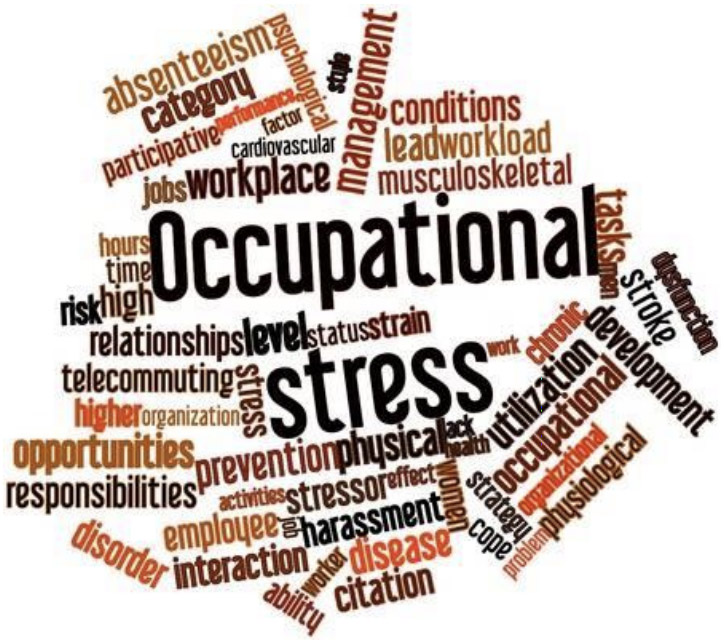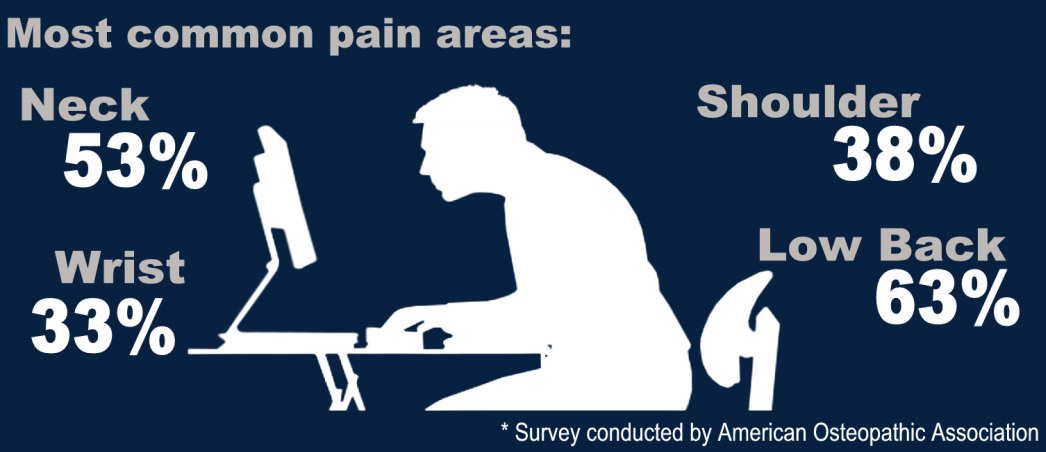How is Soft Tissue Therapy Beneficial to the Workplace?
Soft Tissue Therapy has been proven effective in rehabilitation, injury prevention, performance enhancing, many places have started bringing this approach to a corporate setting. Now as this sounds amazing to the employees, if you’re a Director, CEO or a leader of an organisation, your question might be: “Is this worth and value of putting budget aside for? Is this pure luxury for my staff? Or is it actually a good investment?”.
First of all, let’s take a look at why many employers are engaging into workplace massages. Besides having the legal obligation to ensure a healthy and safe working environment is provided to all staff, employers are taking extra steps to take care of their staff’s welfare by creating opportunities for them to engage in healthy life choices. Many companies have even established a ‘Wellbeing Department’ to ensure steps are taken and plans are executed to meet employees’ needs. Part of the reasons is that employees who feel valued and supported are more likely to demonstrate higher commitment, productivity and contributions that would help the company excel and meet business targets (5).
Have you heard of the term ‘occupational stress’? This term is defined as ‘the cumulative pressures in the workplace that can cause psychophysiological symptoms and vulnerabilities to work injuries and disease’ (2). It goes without say that occupational stress is one of the challenges that employers face continually because such issue can manifest in several ways, including increase in work compensation claims, staff turnover, reduced productivity and unplanned leaves of absence. Recent figures have indicated that work-related stress in Victoria accounted for approximately $739 million per year! (1)

While there is no single strategy within an organisation that would likely be a solution for a drastic reduction on the effects of occupational stress, employers may need to explore a wider approach to managing employee’s stress through a combination of strategies. Of evidence since the 1980s, workplace massage programs have been initiated to address stress management as a strategy (3). Based on the definition of ‘occupational stress’, we understand that the stress we refer to is not merely work stress from piles and piles of files to go through, long to-do-list and deadlines to meet. We shall not neglect the aspect of physical stress that we put our body through with prolonged static positions, repetitive job tasks and poor posture. (4)

The overall treatment of Soft tissue therapy involves the lengthening of tight muscles with deep pressure stretching out the deeper layers of muscle fibres and releasing trigger points – knots. Soft tissue therapy at work can:
- Act as a productive break
- Increase mental clarity, hence productivity and work efficiency
- Relieve muscle tightness, tension, spasm
- Reduce symptoms such as headaches and migraines
- Correct muscle imbalance
- Help prevent or detect possible injuries
- Enhance posture and posture awareness
- Release trigger points
- Increase range of movement
- Improve blood circulation
- Reduce cortisol and stress levels
- Improve corporate morale and culture

If you would like to enquire about our Soft Tissue Therapy or Corporate Massages, please email us on info@perthwellness.com.
1. Australian Associated Press. (2010). Job stress costs $730m. Retrieved 1 June, 2011, from http://www.theage.com.au/executive-style/management/job-stress-costs-730m20101006-167fg.html
2. Day, A. L., Gillan, L., Francis, L., Kelloway, E. K., & Natarajan, M. (2009). Massage therapy in the workplace: Reducing employee strain and blood pressure. Giornale Italiano di Medicina del Lavoro ed Ergonomia, 31, B25-B30.
3. DeFalco, D. (2009). Corporate Massage Pioneer. Retrieved 21 May, 2011, from https://sites.google.com/a/theswede.me/sinews/archives/old-newsletterarchive/june2007
4. Macdonald, W., & Evans, O. (2006). Research on the prevention of workrelated musculoskeletald Disorders Stage 1 – Literature review 2006. Retrieved 5 January, 2012, from http://safeworkaustralia.gov.au/AboutSafeWorkAustralia/WhatWeDo/Publications.pdf
5. Musich, S., Hook, D., Baaner, S., Spooner, M., & Edington, D. W. (2006). The association of corporate work environment factors, health risks, and medical conditions with presenteeism among Australian employees. American Journal of Health Promotion, 21, 127-136.
6. Working Carers Gateway. (2010). Managing stress in the workplace Retrieved 1 June, 2011, from http://www.workingcarers.org.au/work/1149-managing-stress-at-work-foremployers-and-employees
Related Posts
What is Frozen Shoulder and How to Treat It
19 June 2017
Adhesive Capsulitis or frozen shoulder can be both very painful and movement restrictive for the shoulder joint. Whilst this may be a term familiar to some, it is often poorly understood and misdiagnosed in the field of sports medicine.
0 Comments4 Minutes
How to Get a Good Nights Sleep
14 November 2017
Getting good rest is essential to your health. Bad sleeping hygiene and interruption can be a contributing factor to a range of health issues including, obesity, anxiety, depression, slower reaction times and degraded memory. We need to consider some of these useful tips for a restful sleep.
0 Comments2 Minutes


